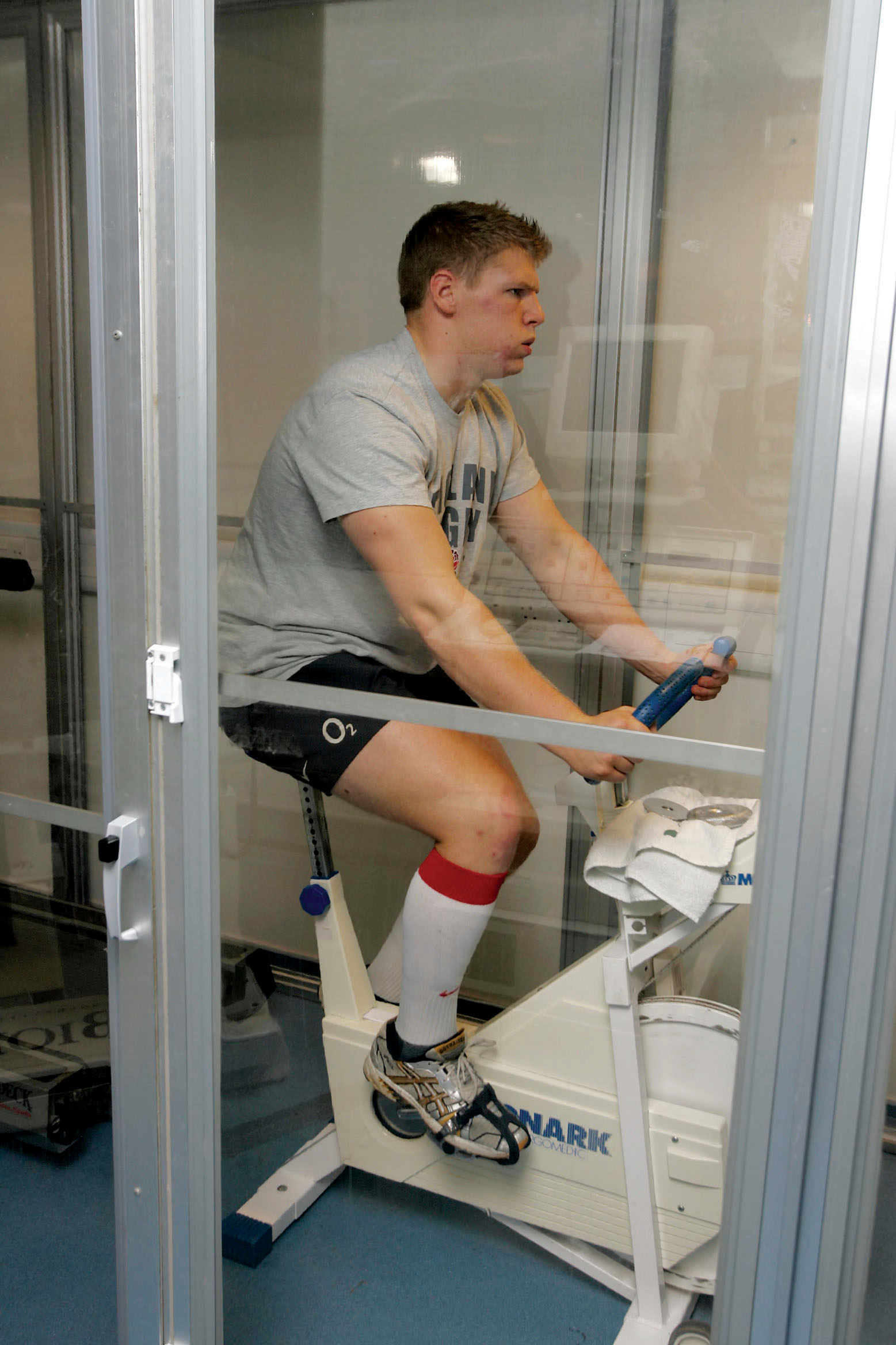DOES IT WORK?

The logic of altitude training seems airtight: increase the concentration of RBCs in the blood and you will have greater oxygen-carrying capacity, more aerobic respiration, and better performance. But actually proving that altitude training improves performance is harder than it may seem. Even Wilber, who literally wrote the book on the subject, acknowledges that there is still a fair amount of controversy surrounding the science of altitude training, with some studies concluding that it works, and others concluding it doesn’t.
Partly, the issue is the difficulty of designing properly controlled studies. Any gains in performance are likely to be small, so how can you be sure the gains were due to high altitude and not some other aspect of training? Likewise, if athletes don’t show consistent improvement, is it because altitude training doesn’t work, or because not everyone responds to altitude in the same way?
For his part, Wilber is persuaded by the available evidence that, when pursued methodically, altitude training does indeed improve performance (INFOGRAPHIC 28.7).
In a study of 22 elite distance runners, maximal oxygen uptake and 3,000-m race performance were measured before and after a 4-week “live high, train low” altitude-training regimen (living at 2,500 m and training at 1,250 m). Performance and oxygen uptake were improved after the altitude training. Similar performance results were seen for collegiate athletes.

Additional (but anecdotal) evidence that it works, he says, comes from the loyalty of athletes and coaches themselves. “When you see a Michael Phelps and his coach and other athletes coming back to altitude year after year after year after year, you know that it’s working for them.”
At the same time, Wilber cautions that altitude training requires consistent and long-term practice. For that reason, ordinary gymgoers are unlikely to see any significant results from periodic workouts in the numerous “hypoxic rooms” that have sprung up in commercial gyms all over the world.